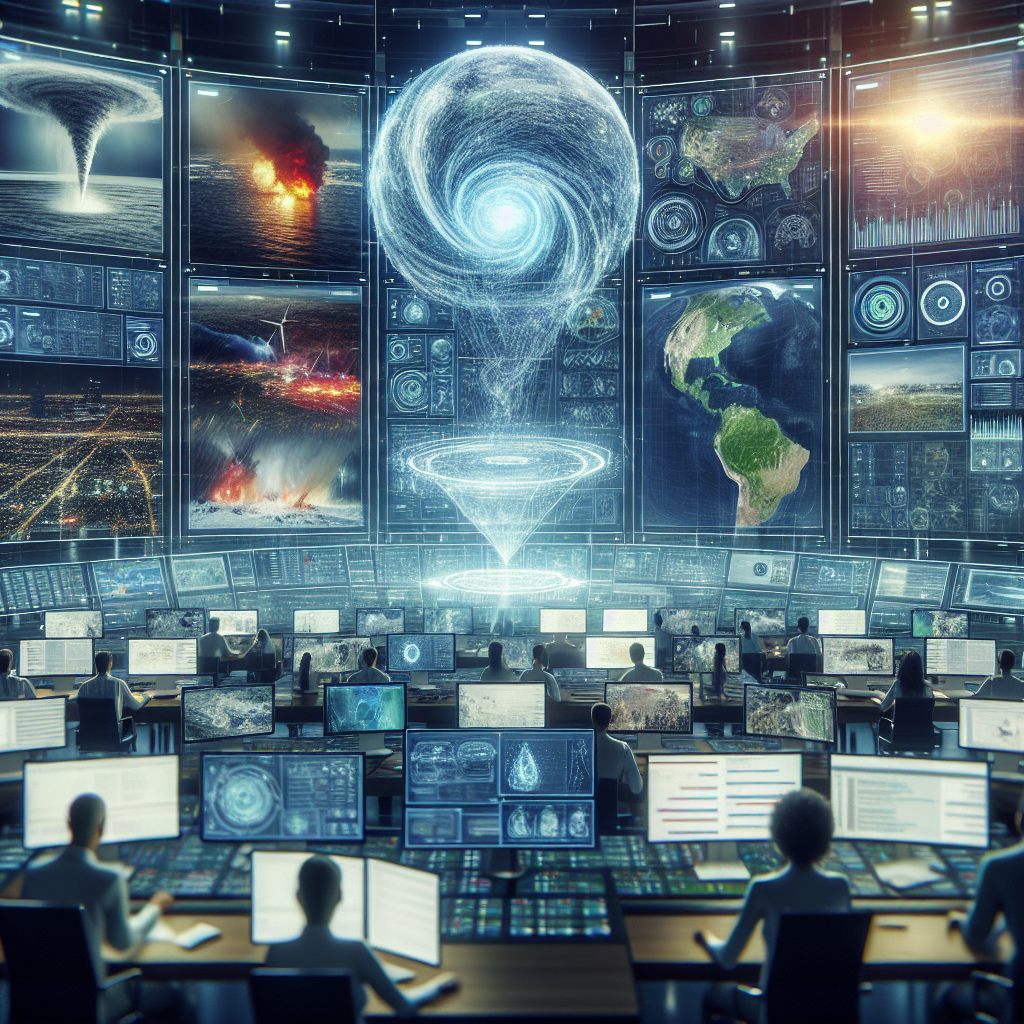Disasters, whether natural or man-made, can strike at any time and have the potential to cause widespread devastation and loss of life. In the face of such emergencies, quick and coordinated responses are crucial in order to minimize the impact and save as many lives as possible. In recent years, artificial intelligence (AI) has emerged as a powerful tool in disaster response, helping to enhance emergency preparedness and relief efforts in a number of ways.
One of the key roles of AI in disaster response is in the area of predictive analytics. By analyzing vast amounts of data from various sources, AI algorithms can help in predicting when and where disasters are likely to occur. For example, AI can analyze weather patterns, seismic activity, and other indicators to forecast the likelihood of earthquakes, hurricanes, or other natural disasters. This early warning system can help authorities to take proactive measures to evacuate people from high-risk areas and prepare for the impending disaster.
In addition to predicting disasters, AI can also be used to improve emergency response efforts. For example, AI-powered drones can be deployed to survey affected areas and assess the extent of damage. These drones can capture high-resolution images and videos, which can then be analyzed by AI algorithms to identify areas that require immediate attention. This information can help emergency responders to prioritize their efforts and allocate resources more effectively.
AI can also be used to improve communication during disasters. Natural disasters often disrupt communication networks, making it difficult for people to get in touch with their loved ones or for emergency responders to coordinate their efforts. AI-powered chatbots and virtual assistants can help to bridge this communication gap by providing real-time updates and information to those in need. These chatbots can answer common questions, provide instructions on how to stay safe, and connect people with the appropriate resources and services.
Furthermore, AI can play a crucial role in managing and coordinating relief efforts. During a disaster, there are often multiple organizations and agencies involved in the response, each with their own resources and priorities. AI can help to streamline these efforts by optimizing logistics, coordinating resources, and identifying gaps in the response. For example, AI algorithms can analyze real-time data on the availability of supplies, the location of medical facilities, and the status of road networks to help emergency responders make informed decisions.
Overall, the role of AI in disaster response is to enhance the efficiency, effectiveness, and coordination of emergency preparedness and relief efforts. By leveraging the power of AI technologies, we can better predict, respond to, and recover from disasters, ultimately saving more lives and reducing the impact of these devastating events.
FAQs:
Q: How does AI help in predicting disasters?
A: AI algorithms analyze data from various sources to forecast the likelihood of disasters such as earthquakes, hurricanes, or floods. By identifying patterns and trends in this data, AI can provide early warnings to help authorities take proactive measures.
Q: How are AI-powered drones used in disaster response?
A: AI-powered drones are deployed to survey affected areas and assess the extent of damage. The data captured by these drones is then analyzed by AI algorithms to identify areas that require immediate attention, helping emergency responders to prioritize their efforts.
Q: How can AI improve communication during disasters?
A: AI-powered chatbots and virtual assistants can provide real-time updates, information, and support to those affected by disasters. These chatbots can answer common questions, provide instructions on how to stay safe, and connect people with the appropriate resources and services.
Q: How does AI help in managing and coordinating relief efforts?
A: AI algorithms can optimize logistics, coordinate resources, and identify gaps in the response during disasters. By analyzing real-time data on supplies, medical facilities, and road networks, AI helps to streamline relief efforts and improve coordination among multiple organizations and agencies.

